UP TO THE MINUTE
Training Your Metal Construction Crew to Read Structural Drawings
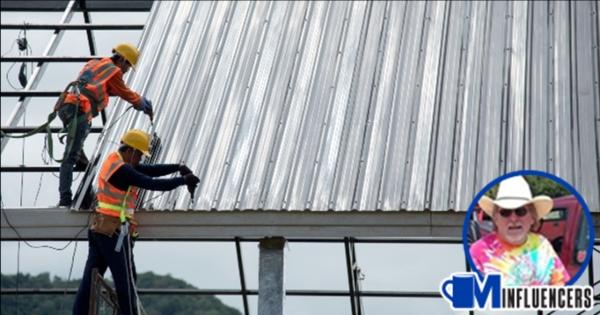
MCS Influencer Mark Standifer says that metal construction installers need to have someone on the field who can read structural drawings.
Editor's note: The following is a conversations between Coffee Shops' COO, Karen Edwards, and King of Texas Roofing Project Manager, Mark Standifer. You can listen to the interview or read the transcript below.
Karen Edwards: So we're going to talk for January's metal coffee shop influencer topic about training. And you have some pre-engineered metal buildings that you want to talk about and maybe some training surrounding those.
Mark Standifer: When I was working for Metal Systems, we actually furnished and installed three pre-engineered metal buildings. What we found out on the first one is, you need to have somebody in the field who can read structural drawings. It's really great that the project manager can read them, but he's not out there during the installation. So you've got to have an employee who can read them.
Karen Edwards: That's a great point.
Mark Standifer: Well, and what happened was when you order these parts, what you end up with is columns and roof trusses. And you assemble the roof trusses on the columns and you make what we call a vent, V-E-N-T. Then you erect a vent. Now, our people, we said, "Do the end vent. Do both end vents, and then you fill in between them with the rest of the framing that needs to be in there." And this particular thing, we've had a little entry coop along one end of it and when one of the crews was putting the bench together, they actually used the small roof trusses in lieu of larger roof trusses. So when they were trying to put it together, there was this four foot, five foot gap up there. And they're going, "This is wrong." We get out there and we realize by looking at drawings, y'all installed this to the wrong pieces. So having somebody who can read drawings, especially structural drawings, is a big deal.
We were very fortunate in the next job we did that. We actually had a guy who'd been in the metal building business. And he brought up a great thing. When you're purchasing your metal building, you should buy your structural steel and your metal panels all from the same outfit. That way, if you have any problems with fit or finish, it's one phone call.
Karen Edwards: That's a very good advice. And I imagine that wherever you're purchasing those products from can probably help you in reading the plans.
Mark Standifer: There will supply you with erection drawings. Plus, when you purchase, and I will go... The last building that I did was we purchased from MBCI. Everything came labeled, numbered. Literally, you were putting together an erector set, which for our... I'm not saying our people are dumb or anything like that, but having everything laid out for them, huge help. Huge help.
Karen Edwards: That's fantastic. Hopefully, the manufacturers are doing more of that nowadays because we need to make it easy for people to be able to do it. It's hard enough to find labor in the first place, but helping them learn I think is important, too.
Mark Standifer: Nobody wants to hire labor that says, "Oh, I've installed 15 or 20 of these things", and you put him on the first job and at lunchtime one of the employees calls and says, "Hey, that guy y'all hired, he quit. He obviously didn't know anything."
And as far as installing metal panels, if you've got metal roofers, metal siding guys who've installed concealed fasteners and exposed fastener panels, installing them on a wall or a roof is no problem. Now, there's a lot of safety concerns because you're working over open framing. So your people have to know how to handle their fall protect equipment, how to put up the safety lines. They have to understand some terms, leading edge, what you can and can't do when you're working around a leading edge. That all comes under safety and experience.
Karen Edwards: So it's twofold really. It's learning how to do the installation, but more importantly, understanding the safety that goes along with it.
Mark Standifer: Yeah. The first time... When I was working for metal systems and the first time we put a crew out in full-blown safety gear, our concern was, well, there's going to be... We will witness right here on this job a slowdown in production. And I will tell you that the first couple of days, yes, there was a slowdown in production because they were learning to work around extra ropes and a harness that they were wearing. But by the end of the job, production has picked up because in the back of their head, they're not worried about falling like they used to. They realized that everything going on out here to keep me from falling makes me work safer. And if I'm working safer, I can work just a little bit more production.
It was phenomenal to watch. It was a... And when I say it was a great big job, it was a great big copper roof job, very steep. And we had some huge concerns. But by the end of it, everybody's working fast. And nowadays, if you've got people who are used to wearing fall protection gear and the harness, it's second nature then to put it on and to get up on that roof deck or on that roof framing.
Karen Edwards: Yeah, it is. And people learn to work with the safety gear that they have because it literally will save their life.
Mark Standifer: Yes, it will. Yes, it will. A company, I don't work for them, but I know that they had an individual fall one day off of a roof. Now, he only fell six feet because of his safety gear. They were able to get him up. He's all fine and well. The next month, when they did a little safety talk on fall protection equipment, how to take care of it, how to wear it and why you want to wear it, guess who the speaker was? It was the young man whose life had been saved by his fall protection equipment.
Karen Edwards: Yeah. That's powerful.
Mark Standifer: Well, nothing like a reformed smoker to get all the other smokers to quit smoking. So here's a guy whose safety equipment saved his life. He's a believer. Safety and steel structuring erection go hand in head. I'm always amazed more people have not been killed in the erection of steel framing. Falls, getting hit with stuff. But a lot of safety training, I believe, goes into the pre-engineered metal building training. And that's just to get the steel up. Once you get the steel up, putting on metal panels, pretty much day-to-day work.
They trim... Metal buildings trim out a little bit different than an architectural job. That would be one little change. The use of underlayments, you very rarely use underlayments in a pre-engineered metal building. And if the pre-engineered metal building, your building is insulated, your people have to learn how to roll out insulation. Cause it comes in large rolls. It doesn't come in a board form.
Karen Edwards: That's a good point, too.
Mark Standifer: Yeah. Now there are outfits, I can't even remember their name, but there is one company here in north Texas and that's what they specialize in doing is coming out and insulating your pre-engineered metal building for you. That's all they do. They tell you when they're coming, they get out there and they get about two days in front of you. Then your people need to be there putting on metal panels because these guys, they fly. I've seen them do a maintenance garage. I bet they had the thing insulated in four hours. They were, like, six guys out there. They had some specialized equipment, but the next day, the metal building guys were out there putting on metal panels. They were... So they went pretty quick. It was impressive.
Karen Edwards: Thank you so much for sharing your experience and your advice. Hopefully, this will help someone out there who maybe is just getting started and doesn't want to learn the hard way.
Mark Standifer: Well, and the thing is, if you start out in the pre-engineered metal building business and then move over into the architectural standing steam concealed fastener type business, the big deal will be training your people on the installation of trim, because the trim shapes will be familiar, but there'll be some differences, probably more water hems on your trim, more closed hems, more open hems where you might do a corner on a [inaudible 00:09:14] metal building. You might trim it out with Js and then a corner cover. On a concealed fastener system, you'll put in... What we used to do is we would put in a sub corner, then trim out with Js, the metal wall panels and then put a cover over that. And knock on wood, never got a phone call, said, "Hey, your building's leaking." But...
Somebody asked me one time, "How do you sleep when it rains?" And I said, "Very, very well. Because I know that the job was installed properly the first time. I just sleep better."
Karen Edwards: Well, we want to help everybody have a good night's sleep. So definitely appreciate your insight and you sharing, Mark, and thank you. And we'll be talking again next month for our next topic.
Mark Standifer: Sure. What will next month's topic be?
Karen Edwards: Next month's topic will be about technology and what kind of technology is critical for metal construction companies to have or to be aware of and to start to use.
Mark Standifer: Oh, wow. Man, that goes... See, that picks up everything from estimating. And what I'm going to tell you here is when I got into this business, all my estimating was done by hand. I took a scale, I put dimensions down on a set of paper plans, I took those dimensions to determine area, then I applied the proper roof slope. And then, this will give you a rough idea how long I've been doing this, we called in our bid. The only time you sent it in writing was when you get a phone call back from them the next day or that afternoon, "Hey, can you send that to me in writing?" And then you knew you were pretty competitive.
But yeah, I've seen technology change from not just estimating to what I was doing to now you've got these computer programs that will do, that will help you win your calculations. But the equipment has gone from being guns with cords, screw guns, drill guns, whatever, with 50, 60 feet of cord up on the roof to everything's battery operated. And when they take their break, they shove all the chargers, they shove all the batteries and the chargers and shove a fresh battery in. And that's done away with a lot of fall trip hazards on the roof. So the great advantages to technology and it's been fun to watch it change the business, especially my end of it.
Karen Edwards: Yeah, definitely. So we can take some of what you said here today and if you have more to add and you want to send over an email or if you want to hop on a call again, happy to talk more in depth about that.
Mark Standifer: Okay. Well, we'll be in touch.
Karen Edwards: All right. Well, thank you, Mark. Appreciate you.
Mark Standifer: You too. Hey, what time zone do you live in?
Karen Edwards: On Eastern.
Mark Standifer: Okay. Alrighty.
Karen Edwards: Just an hour different.
Mark Standifer: Will you be... Are you going to be in Dallas next month for the IRE?
Karen Edwards: You know it. Yeah, I'll be there. We have a booth there. And then I'll also be watching the student competition. That's one of my favorite things.
Mark Standifer: Well that... Yeah, I'll be there for that also. I may have to hit y'all up for a pass to get into IRE.
Karen Edwards: Oh, yeah.
Mark Standifer: But I imagine y'all going to do that for all of us anyway. Okay. Well, hey, have a great day.
Karen Edwards: You too.
Mark Standifer: I'd say stay warm, but I think y'all got bad weather on the East Coast, so that's-
Karen Edwards: It's not too bad here. It's been warmer than normal for January, so I'll take it.
Mark Standifer: Well, yesterday in Texas, where I live, it got up to 84. Today they're telling us it's going to get up to 85, 86.
Karen Edwards: Wow. That's hot for January, isn't it?
Mark Standifer: Yes, it is. And the last time it was like this, when February rolled around, we were all home bound for about a week and a half.
Karen Edwards: Oh, yeah. Yeah.
Mark Standifer is the project manager of King of Texas Roofing. See his full bio here.
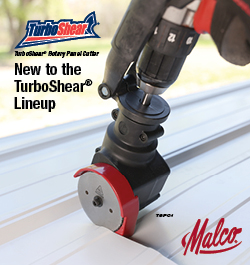

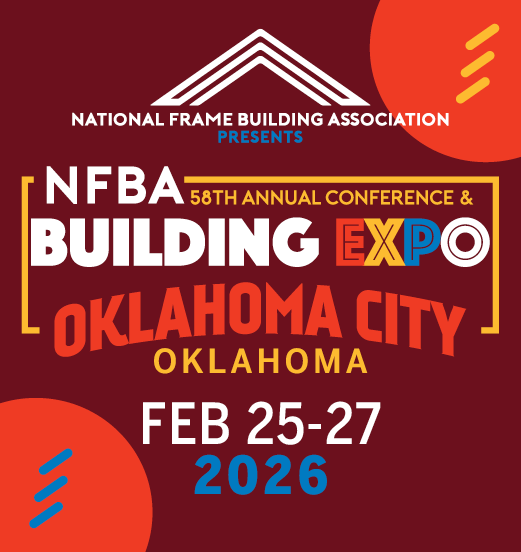









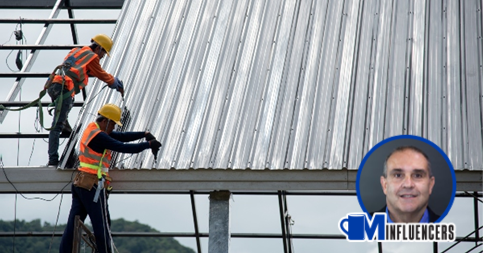
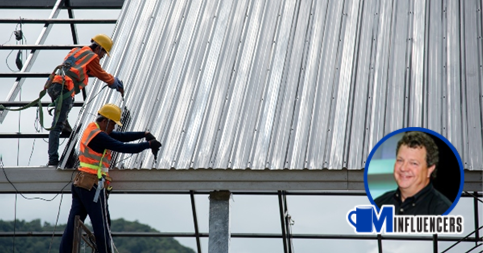



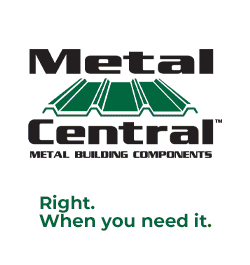

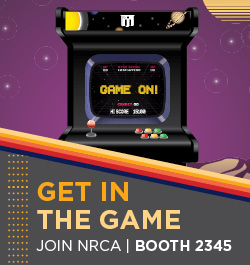
Comments
Leave a Reply
Have an account? Login to leave a comment!
Sign In